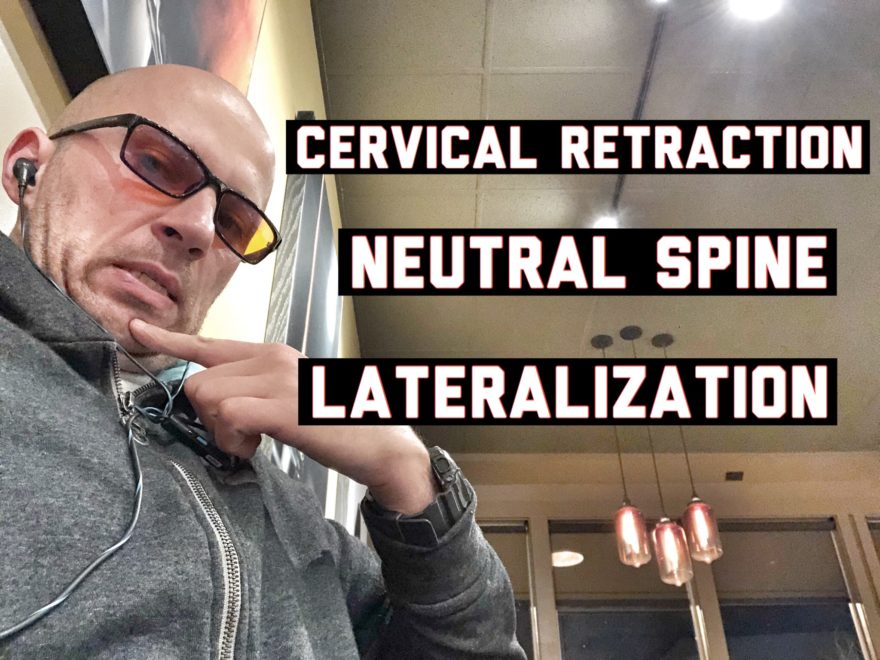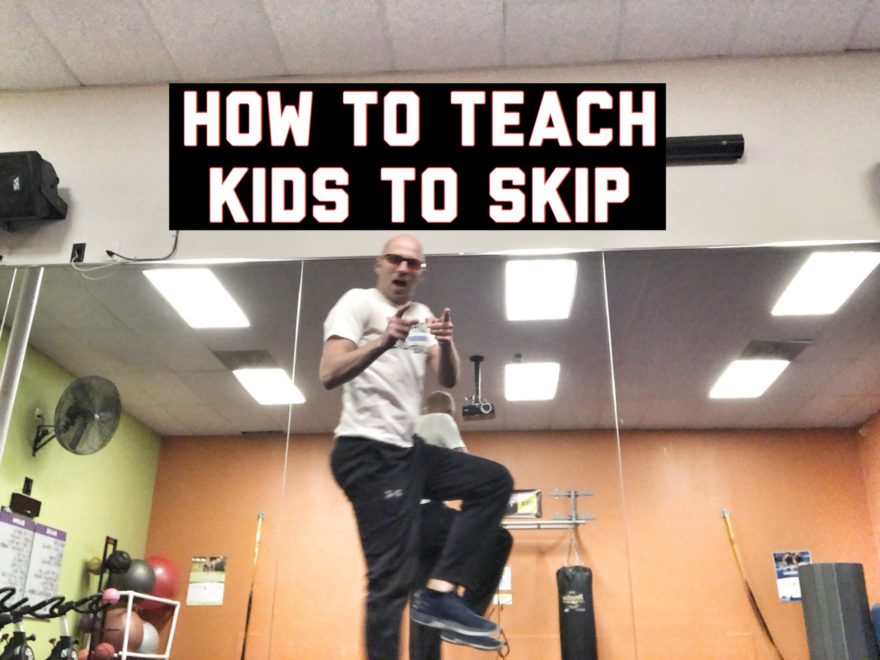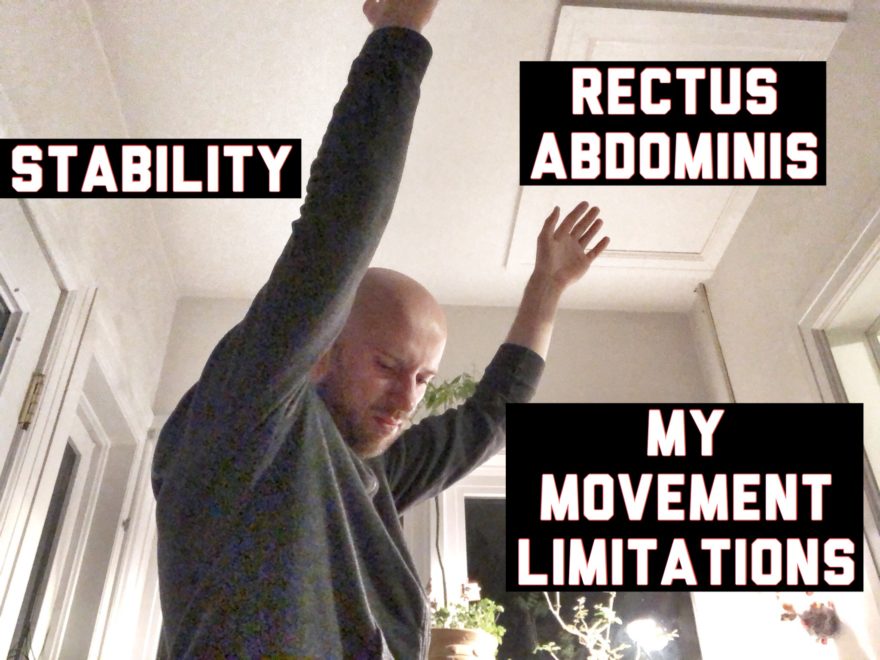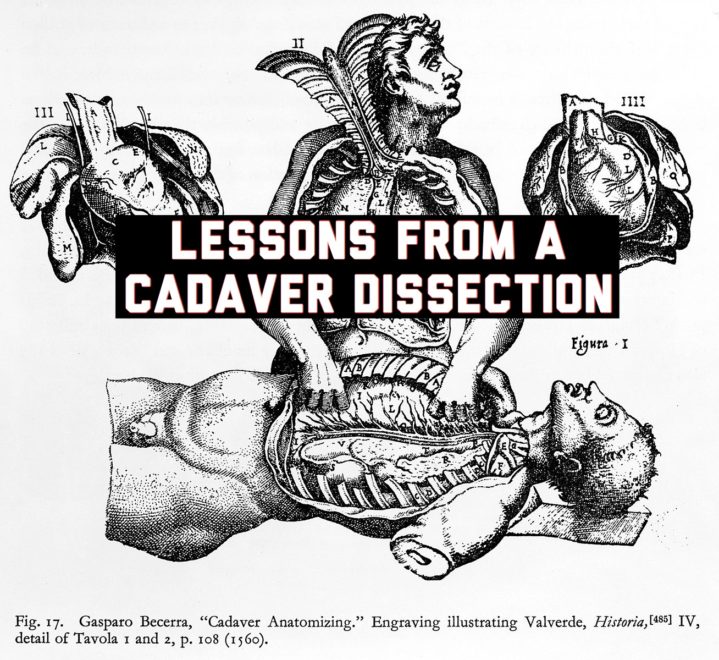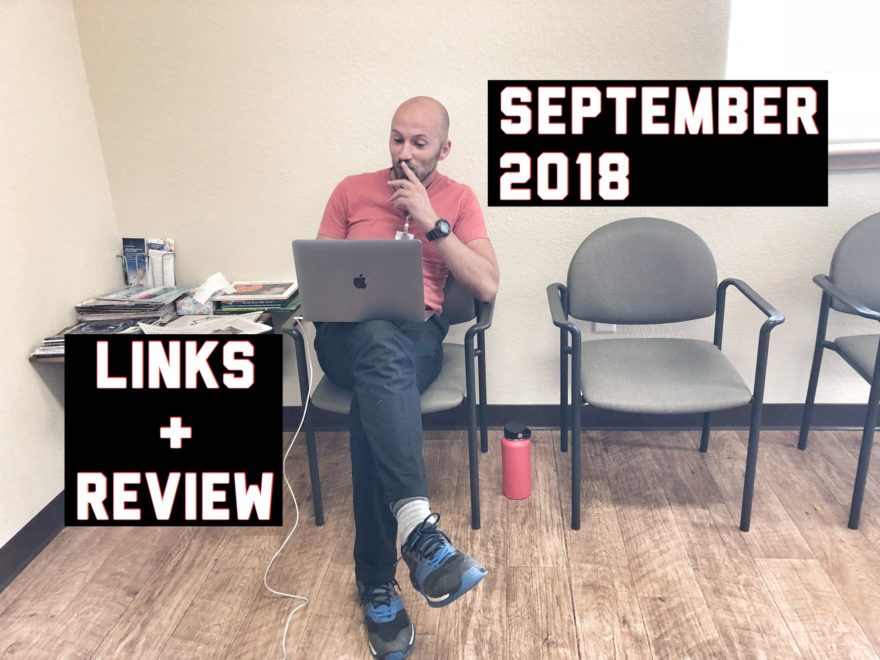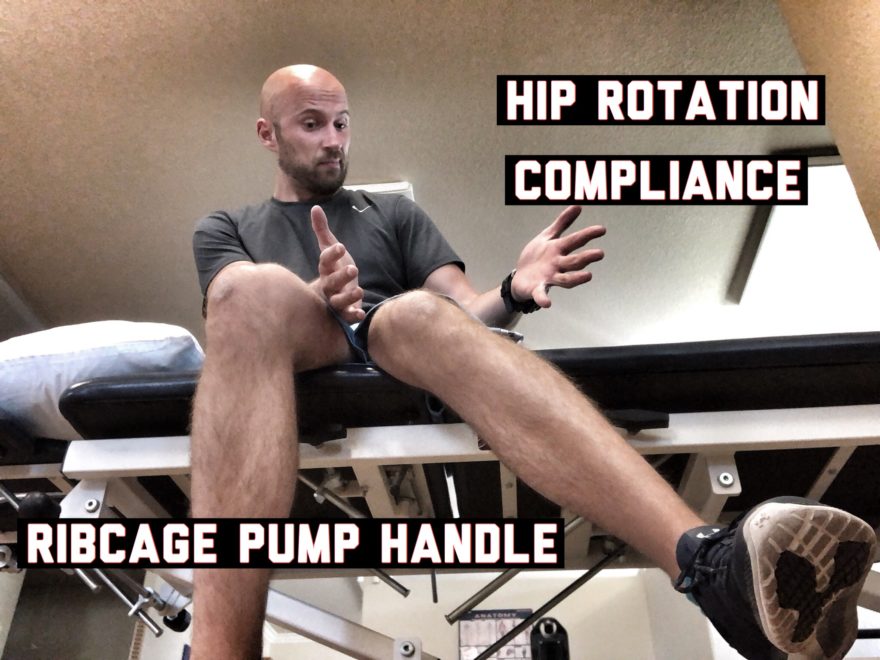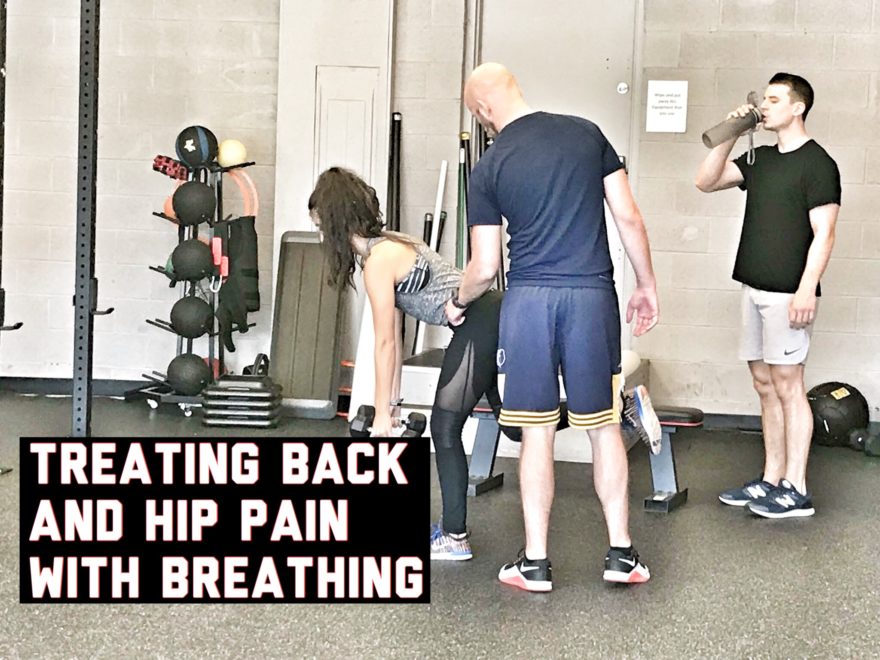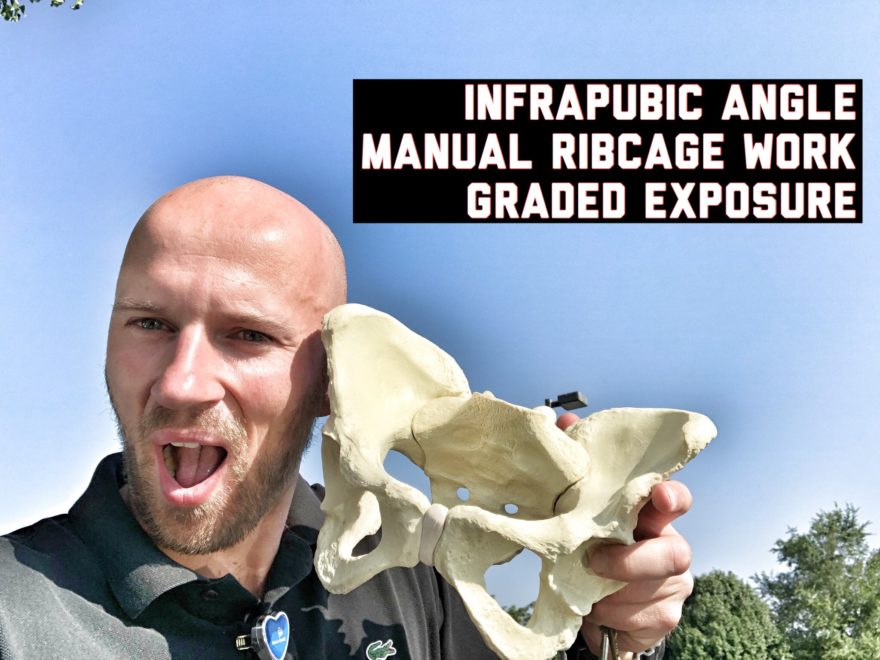Movement Debrief Episode 65 is in the books. Below is a copy of the video for your viewing pleasure, and audio if you can’t stand looking at me. Here is the set list: What is my opinion on cervical retraction to fix forward head posture? Why does someone assume a forward head or military posture? How do these postures impact airway? How ought we address head posture? What is my opinion on neutral spine during lifting? What is lateralization within the human body? Which direction are humans lateralized? What can be done to manage lateralization? If you want to watch these live, add me on Facebook or Instagram. They air every Wednesday at 7pm CST. Enjoy! and the audio version… Here were the links I mentioned: Check out Human Matrix promo video below Below are some testimonials for the class Want to sign up? Click on the following locations below: Kansas City, KS on October 27-28th Portland, OR on November 10-11 December 8th-9th, Charleston, SC (early bird ends November 11th) February 2nd-3rd, 2019, New Providence, NJ (early bird ends January 4th) SIGN UP FOR THE REVOLUTION featuring myself, Pat Davidson, and Seth Oberst February 9th-10th in Boston. MA Kinematics of the human mandible for different head postures. Here is the ribcage pumphandle mechanics debrief Here is the rectus abdominis debrief The lumbar and sacrum movement pattern during the back squat exercise. Bill Hartman Here is some information on the right hand rule of physics
Read More